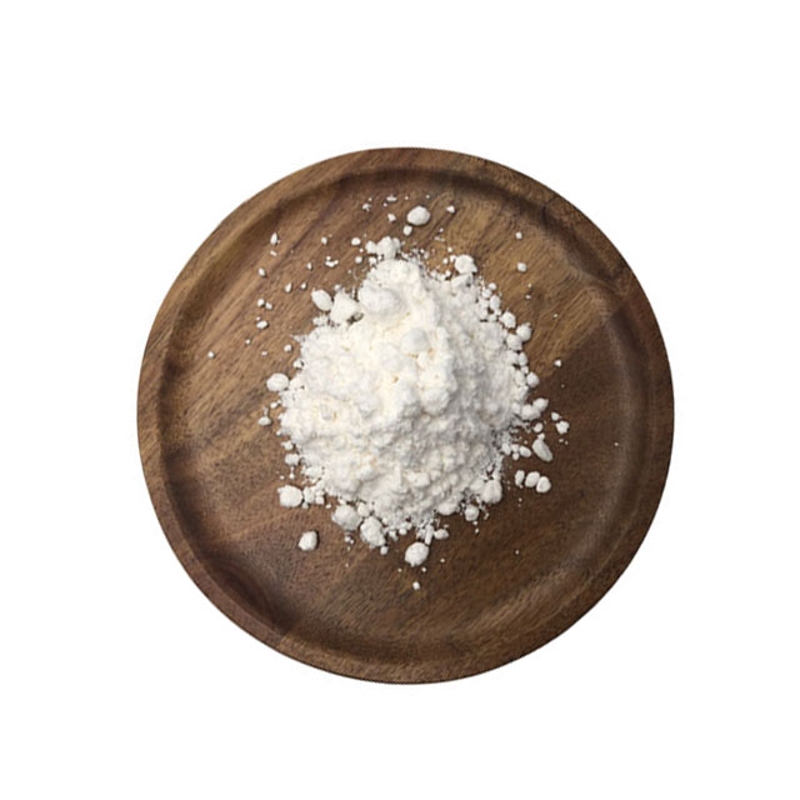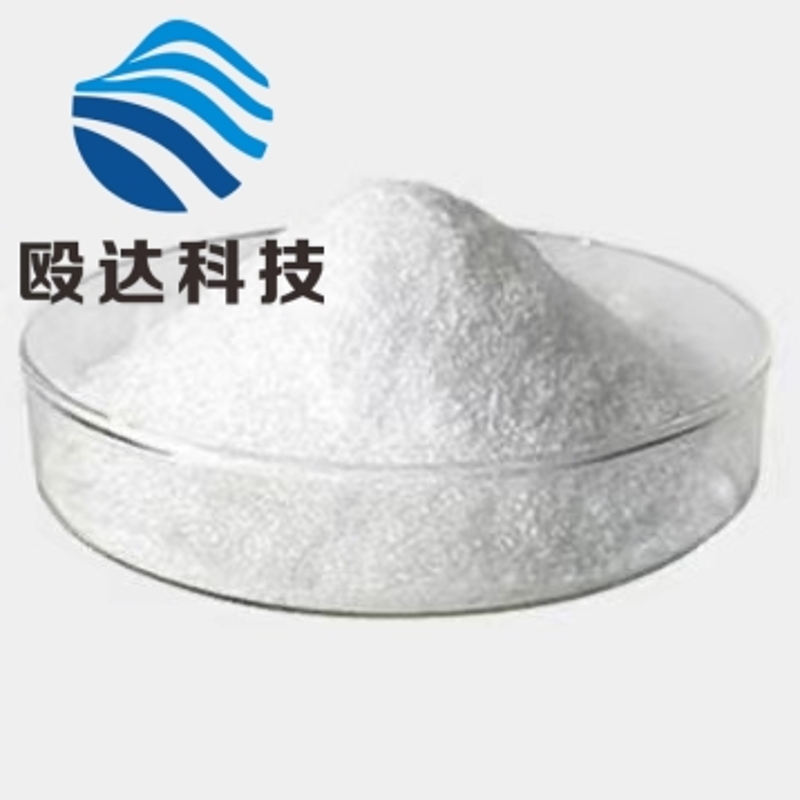-
Categories
-
Pharmaceutical Intermediates
-
Active Pharmaceutical Ingredients
-
Food Additives
- Industrial Coatings
- Agrochemicals
- Dyes and Pigments
- Surfactant
- Flavors and Fragrances
- Chemical Reagents
- Catalyst and Auxiliary
- Natural Products
- Inorganic Chemistry
-
Organic Chemistry
-
Biochemical Engineering
- Analytical Chemistry
- Cosmetic Ingredient
-
Pharmaceutical Intermediates
Promotion
ECHEMI Mall
Wholesale
Weekly Price
Exhibition
News
-
Trade Service
8mg/kg in some sea areas of the country, exceeding the 0.
8mg/kg safety limit set by MPI
.
MPI immediately issued a public health warning, advising citizens not to collect or consume bivalve shellfish from the area
.
What exactly is paralytic shellfish toxin? How do domestic and foreign standards stipulate their limits? How should consumers take precautions? A few days ago, the State Food and Drug Administration issued the 6th issue of “Food Safety Risk Analysis” in 2016, and organized relevant experts to interpret the “paralytic shellfish toxin”
.
1.
Paralytic shellfish poisoning is a type of biological toxin with neuromuscular paralysis.
Paralytic shellfish poisoning (PSP) does not come from the shellfish organism itself, but the shellfish ingests toxic algae and is in its body.
Red tide biological toxins with neuromuscular paralysis formed during the process of accumulation, amplification and transformation
.
If the human body accidentally eats shellfish containing such toxins, paralytic poisoning will occur, so this toxin is also called paralytic shellfish toxin
.
PSP is composed of saxitoxin (Saxitoxin, STX) and its derivatives, and 23 species of this toxin have been found
.
This toxoid mainly comes from the poisonous red tide dinoflagellate in seawater, mainly Alexandrium algae, and also includes a variety of dinoflagellate, cyanobacteria and bacteria symbiotic with algae
.
Humans usually accidentally eat shellfish (such as mussels, oysters, and scallops) contaminated with PSP to cause poisoning
.
According to statistics, there are about 2,000 poisoning incidents caused by PSP every year in the world, with a mortality rate of 15%
.
2.
Paralytic shellfish toxins are extremely toxic, and there is no specific detoxification method.
PSP is one of the most common toxins in China's marine red tide toxins, accounting for about 87% of the poisoning events caused by algal toxins.
The main mechanism of poisoning is to block cells.
Sodium ion channel, causing the nervous system transmission obstacles and causing paralysis
.
Shellfish ingesting this toxin is not harmful to itself, because the toxin is bound in the shellfish body
.
The toxin is stable when exposed to heat, is easily absorbed by the gastrointestinal tract, and is difficult to be destroyed by human digestive enzymes.
Therefore, once a person eats it, it is released quickly and exhibits toxic effects, causing neuromuscular paralysis in the human body, and numbness and tingling of the lips and lips in mild cases.
Symptoms such as sensation, limb muscle paralysis, severe cases can lead to respiratory muscle paralysis and death
.
The toxic dose of PSP to the human body is 600-5000 MU, and the lethal dose is 3000-30,000 MU
.
At present, there is no specific detoxification method for PSP poisoning, and it mainly depends on the detoxification and detoxification function of the patient to decompose and remove the poison
.
3.
Most countries in the world have established strict limit standards for paralytic shellfish toxins.
Many countries and related international organizations have strictly managed and controlled shellfish aquatic products and formulated corresponding shellfish aquatic products and their products.
The PSP limited standard
.
Most countries in China and internationally use STX as the detection index for PSP in shellfish products
.
The World Health Organization (WHO) stipulates that the PSP limit of 100g of edible part of shellfish is 80μg STX eq/100g
.
The current control level in most countries is 80μg STX eq/100g
.
However, in order to improve the edible safety of shellfish products, the European Union and other international organizations have proposed to further lower the maximum limit of edible shellfish PSP
.
The Hygienic Standard for Fresh and Frozen Animal Aquatic Products (GB2733-2015), which will be implemented on November 13, 2016, stipulates that PSP≤4MU/g
.
The "Requirements for the Safety and Quality of Non-polluted Aquatic Products of Agricultural Products" (GB18406-2001) stipulates that PSP≤80μg/100g, and the "Limit of Poisonous and Hazardous Substances in Non-polluted Aquatic Products" (NY5073-2006) stipulates that PSP≤400MU/100g (equivalent to 80μg/100g)
.
Therefore, experts recommend: First, strengthen the monitoring and supervision of paralytic shellfish toxins
.
Establish a complete prevention PSP monitoring and management system, and realize effective supervision of this toxin by closing or opening up the harvesting and marketing of shellfish in breeding areas
.
The second is to give play to the role of the media to improve consumers' awareness of prevention
.
Strengthening the publicity and education of consumers through the media is another important part of preventing PSP poisoning
.
During the peak period of shellfish poisoning, the media should promptly disseminate knowledge related to this toxin through the media, and raise the public's awareness of prevention
.
The third is that consumers should purchase aquatic products through formal channels
.
Consumers are advised to choose large and regular supermarkets or markets when buying shellfish and other aquatic products
.
Consumers in coastal areas should not harvest and buy wild shellfish during the peak period of toxin outbreaks
.







